14 Mind-Blowing Geography Facts That Will Make You Question Everything You Know About Earth
Earth has so much to offer. With sandy beaches, crystal clear skies, marvelous mountains, vast oceans, and natural phenomena that we still haven’t figured out yet, Mother Nature is beautiful and majestic in every way.
With so many facets of our wondrous planet, there is still so much that is undiscovered. To gain better knowledge and appreciation for reality, let’s delve into these geography facts that are truly outrageous and out of this world.
Love Is in the Air at the Great Barrier Reef
The Great Barrier Reef is a spectacular sight to lay eyes upon. It consists of the largest coral reef system in the world, with around 3,000 individual reefs of coral that span 1,429 miles.
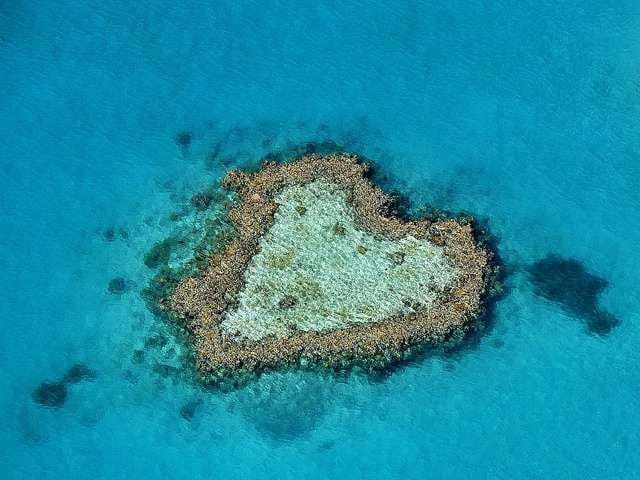
Source: Pinterest
The expansive Great Barrier Reef beholds some remarkable scenery from above. An aerial view of the Australian coast will reveal an arrangement of coral that distinctly resembles a heart. This formation is commonly referred to as “Heart Reef.”
Mount Everest Isn’t the Tallest Mountain in the World
Mount Everest stands at 29,029 feet above sea level. The natural structure is well-known for its sheer enormity, but contrary to popular belief, Mount Everest isn’t the world’s tallest mountain.
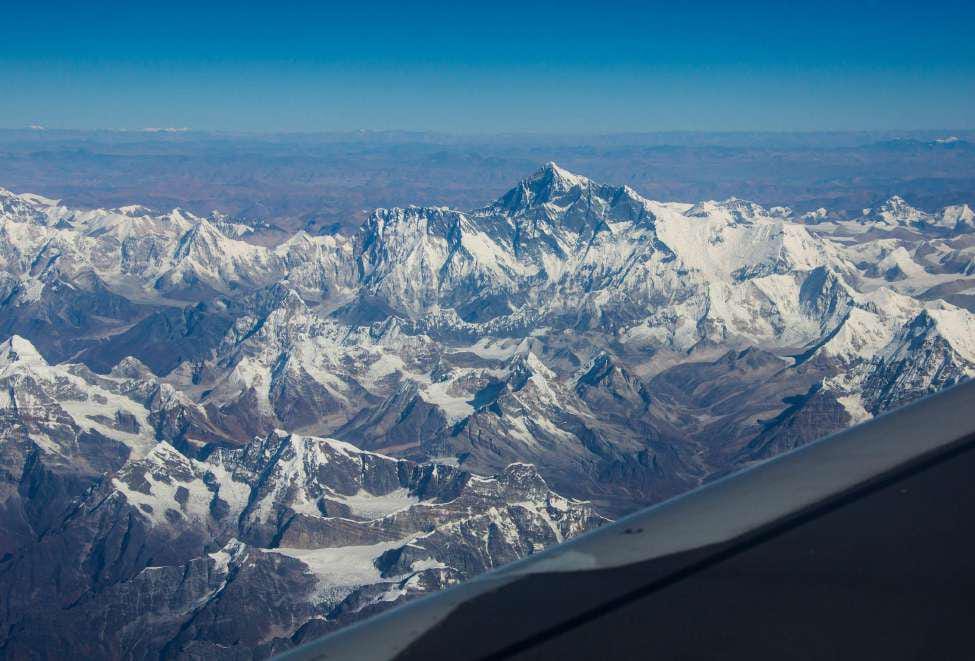
Source: EyesWideOpen/Getty Images
That title belongs to Mauna Kea located on the island of Hawaii. Mauna Kea may only measure 13,769 feet above sea level, but when including the mountain’s base at the bottom of the Pacific Ocean, Maua Kea is significantly taller than its competition. In total, Maua Kea is actually 3,000 feet taller than Mount Everest.
Russia Experiences Morning and Night Simultaneously
You may already know that Russia is the largest country in the world—by a longshot. The country is 1.8 times bigger than the United States.
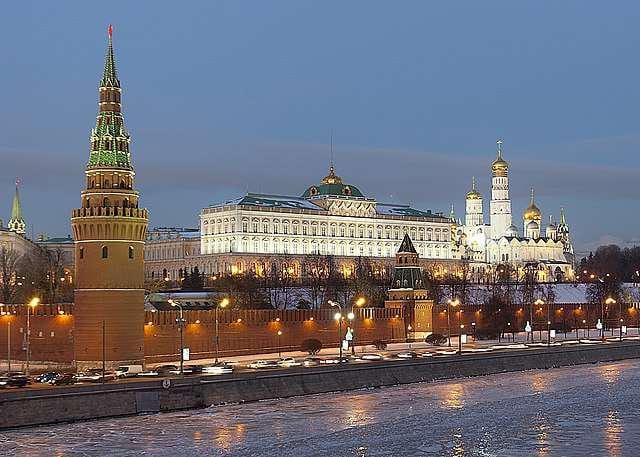
Source: Wikimedia Commons
Given its overwhelming size, Russia has 11 different time zones. In fact, when one side of Russia is waking up in the morning, another side of the country is settling in for the evening. It can seem confusing at first, but Russia’s prolific time zones make sense given the scale of the region.
It Actually Snows in the Sahara Desert
Shocking as it may be, the Sahara Desert actually experiences weather conditions other than extreme heat. The Sahara is known for its dry environment and is believed to be one of the hottest locations on the planet.
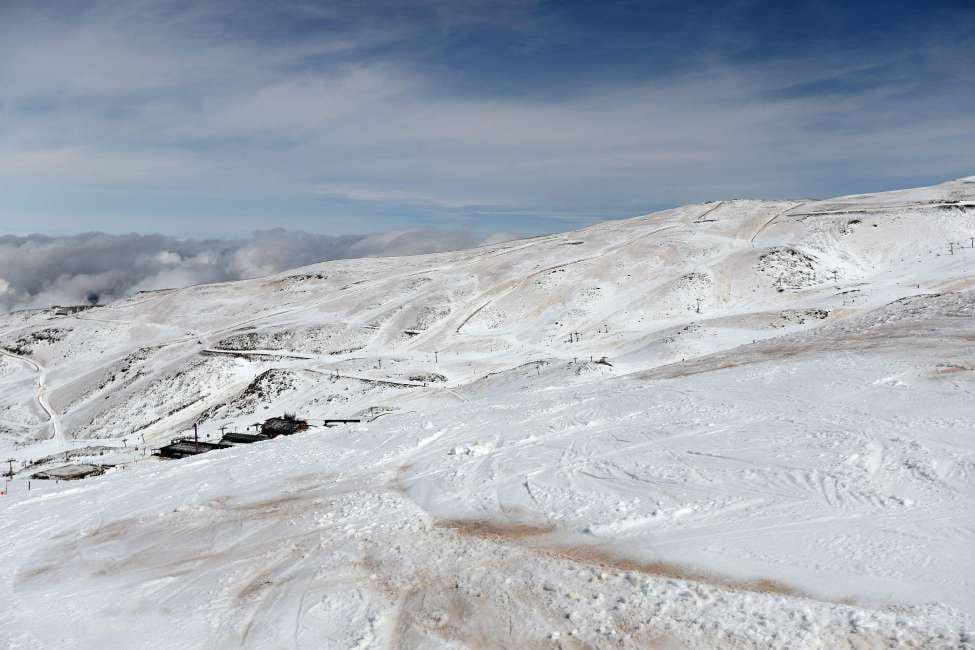
Source: Clive Rose/Getty Images
The Sahara has seen temperatures soar to 136 degrees Fahrenheit. Despite the area’s massive propensity for heat, the desert’s temperatures can drop down to 25 degrees Farenheit during evening hours, making it the ideal environment for snow.
Kentucky Has More Caves Than Anywhere Else on Earth
When thinking of cavernous regions, the state of Kentucky is probably the last place that comes to mind. Kentucky is known for its sprawling farms and Southern charms, but the Bluegrass State also has the world’s largest cave system.
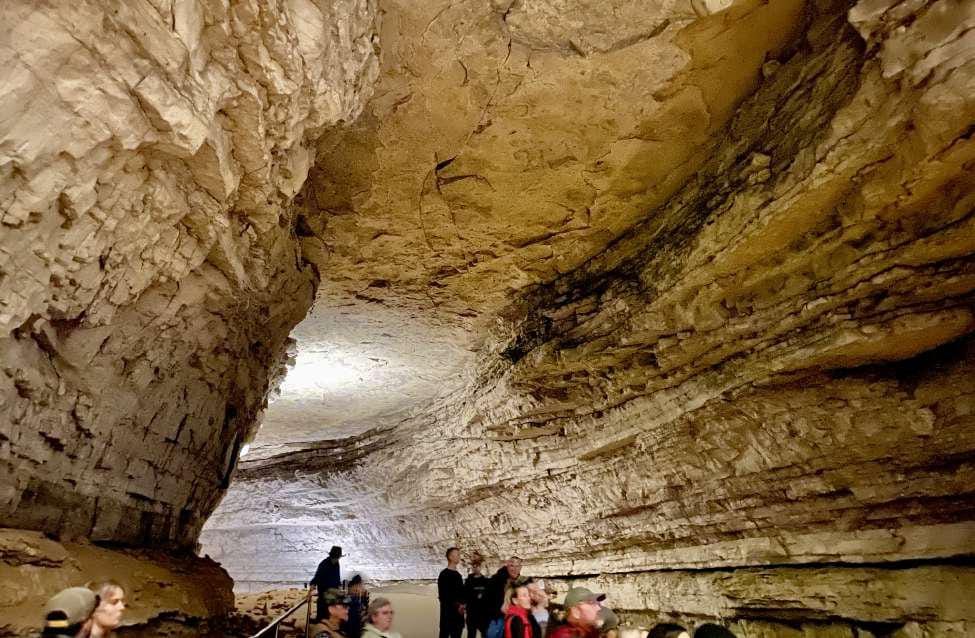
Source: Wikimedia Commons
The Mammoth Cave consists of more than 400 miles of explored territory, and researchers estimate that there are more than 200 more miles of underground caves that have yet to be explored.
There is a 20-Hour Time Difference Between Two Neighboring Islands That Are 2.4 Miles Apart
Our world is full of many enigmas, and this is certainly one of them. The Diomede Islands are located in between the United States and Russia.
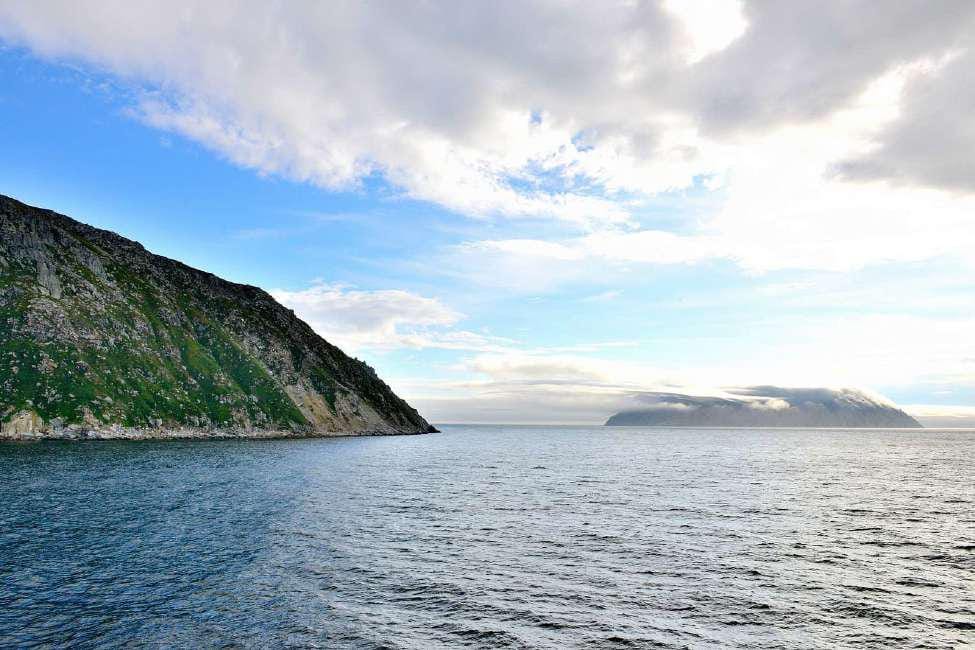
Source: All Things Wonderful
Though the islands are only 2.4 miles apart from one another, Big Diomede is geographically located in Russia while Little Diomede falls in US territory. Two invisible barriers separate the islands—the International Border and the Date Line. Given that fact, there is a 20-hour time discrepancy between the Diomede Islands. Crazy, right?
Most of the Planet Is Covered by Water
The Earth is made up of more than 71% water, but the majority of it can’t be consumed by humans. Freshwater accounts for only 2.5% of our planet’s water supply—the rest is saltwater.
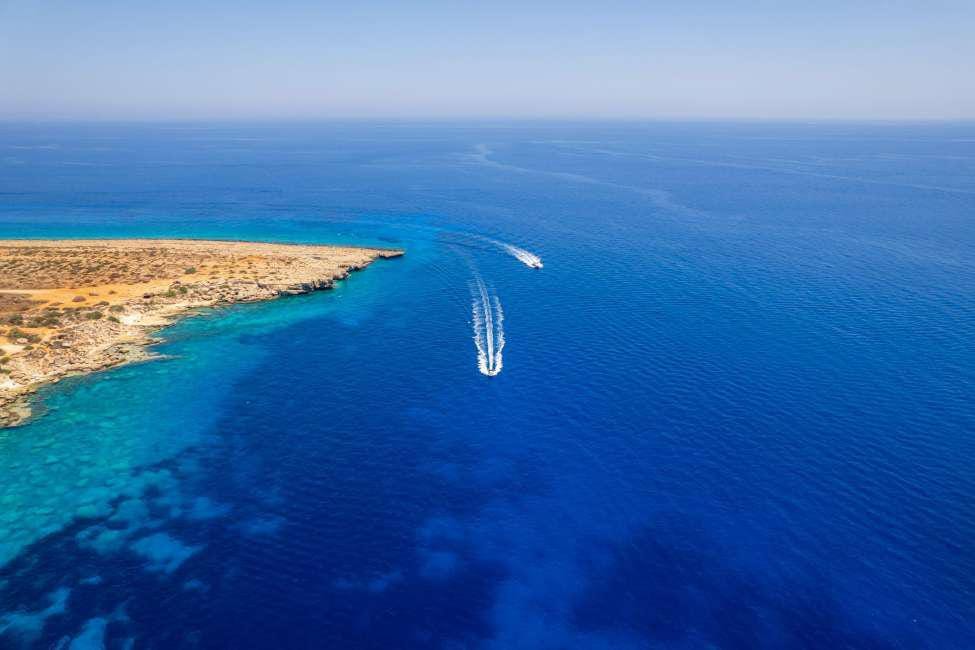
Source: Athanasios Gioumpasis/Getty Images
Not only that, but only a mere 1% of drinkable water is easily accessible to humans. The rest is tucked away in glaciers and snowfields across the globe. Sure, the Earth is mostly water, but a small quantity of it can be used as drinking water.
England Owns a Piece of Land in North Carolina
The town of Ocracoke, North Carolina, houses a piece of land that is technically owned by England. Unbelievably, England is the rightful owner of U.S. land—but there is a perfectly logical explanation for it.

Source: Wikimedia Commons
When an English naval ship was sunk by a German U-boat during World War II, 37 men on board were never recovered. Four of the fallen bodies eventually washed up on shore and they were buried in a cemetery that was permanently leased to England so they could lay to rest in English territory.
The United Kingdom’s Full Name Has 56 Characters
Did you know that the United Kingdom has the longest name out of any country in the world? That’s because its full name is “United Kingdom of Great Britain and Northern Ireland.” With 56 characters in total, the U.K. tops the list of countries with exceptionally lengthy titles.
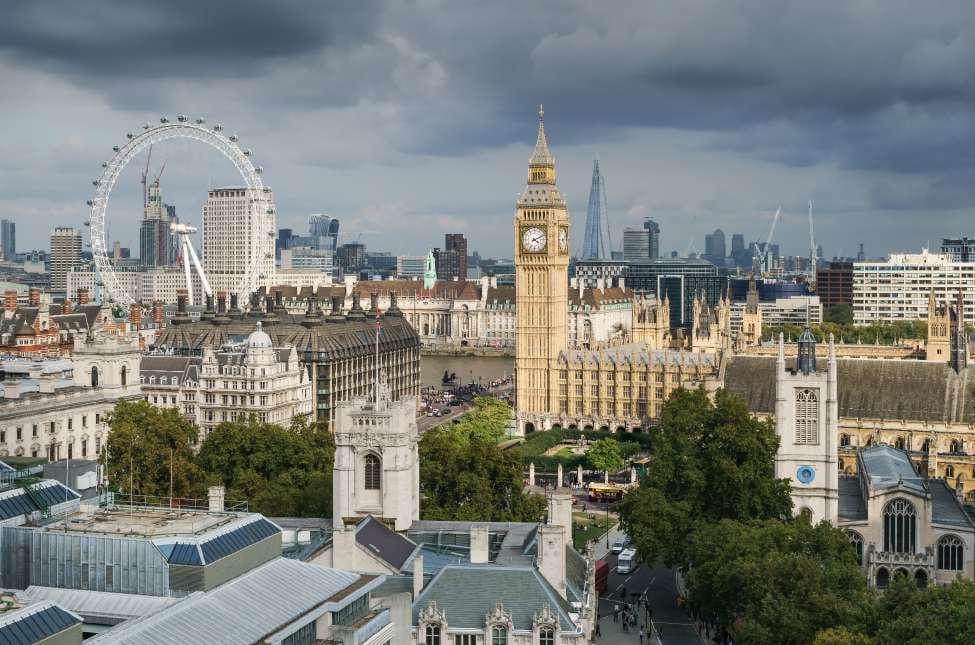
Source: Wikimedia Commons
Before Libya went by its current designation, it was once the country with the longest name. Libya used to be called “Al Jumahiriyah al Arabiyah al Libiyah ash Shabiyah al Ishtirakiyah al Uzma. With 63 characters, it’s safe to say that the name change was a good decision.
Yellowstone National Park Has a Supervolcano Beneath It
Yellowstone National Park is a treasured spot for tourists to visit due to its vast natural beauty. The stunning attraction spans throughout parts of Wyoming, Montana, and Idaho, and it also is located on top of a volcanic epicenter.
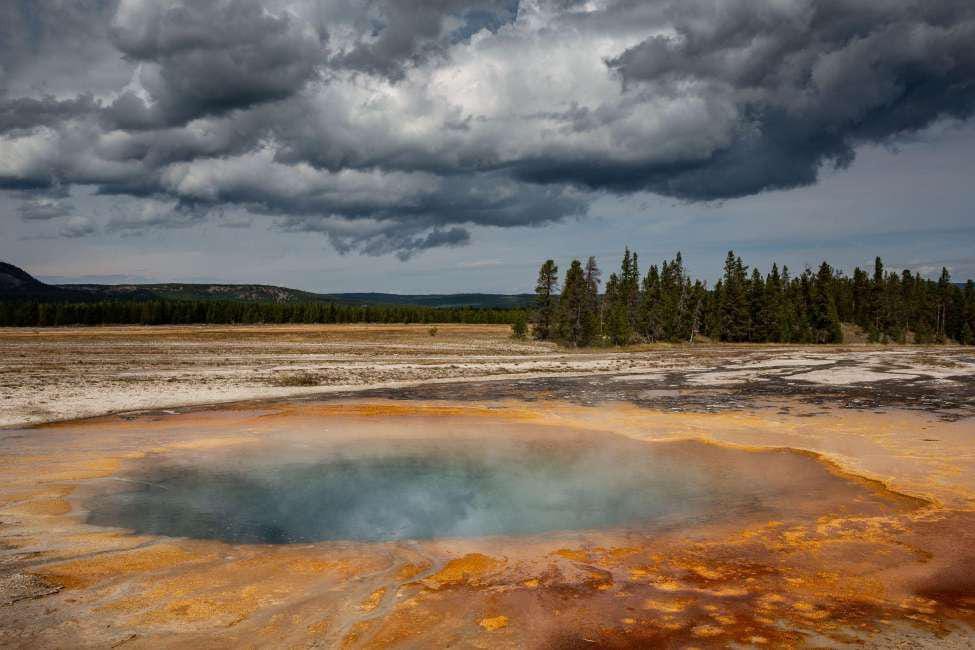
Source: George Rose/Getty Images
A supervolcano is serious business—according to National Geographic, an explosion from such a volcano could emit more than 240 miles of molten rock, lava, and other hazardous materials. The Yellowstone volcano has erupted on three known occasions, though none of them are even remotely recent. The last time the supervolcano burst was more than 640,000 years ago.
Australia Is Home to the World’s Largest Sand Island
Fraser Island, located off the coast of Queensland, Australia, was formed by sand blowing across the area for thousands of years. Over time, the sand built up and an island was formed.
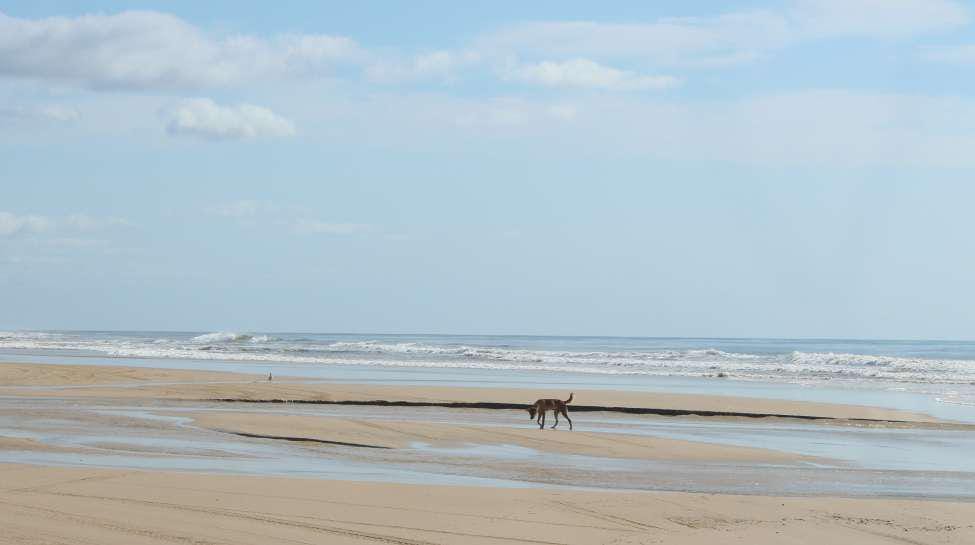
Source: Wikimedia Commons
Fraser Island is roughly 76 miles long and 14 miles wide. The unique sand island was named a World Heritage Site in 1992 and is known to be the biggest island made from sand in the world. Fraser Island even has inhabitants. The Buchulla people live on the island, with a 2016 census showing that their population consisted of 182 individuals.
Russia is the Coldest Inhabited Area on Earth
There are many cold places on Earth, but Russia holds the title for being the coldest spot that is inhabited by people—those brave enough to live there year-round. While other regions such as Antarctica experience freezing temperatures, people only reside there temporarily, not permanently.
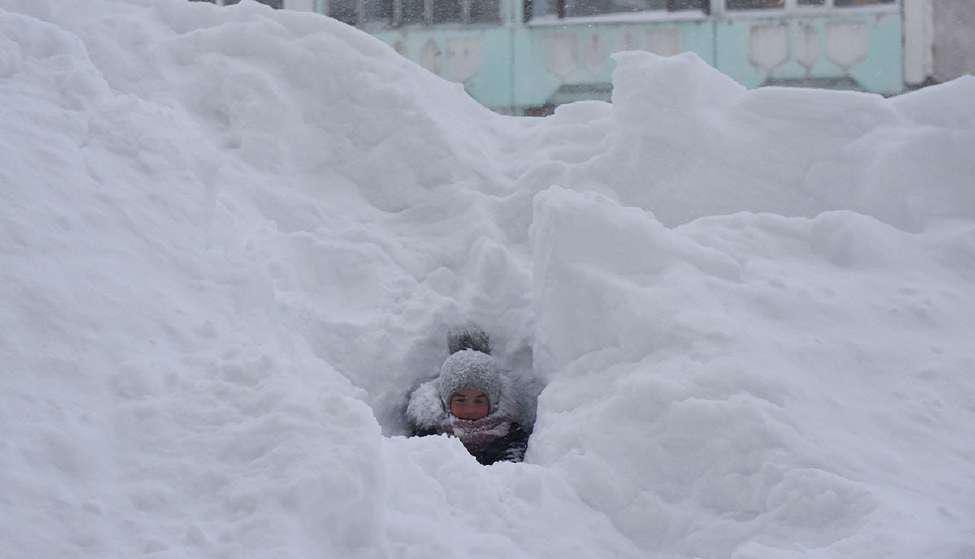
Source: Russia Beyond
This means that Russia is considered the coldest place on Earth with full-time residents. To get a general idea of how cold Russia can get, a town called Oymyakon reached a shockingly low temperature of -96.16 degrees Fahrenheit in 1924.
Sudan Has More Pyramids Than Egypt
You often hear about the ancient pyramids of Egypt…but did you know that Sudan also has pyramids? While Egypt’s Pyramids of Giza instantly come to mind, Sudan has double the amount of these ancient man-made structures that Egypt does.
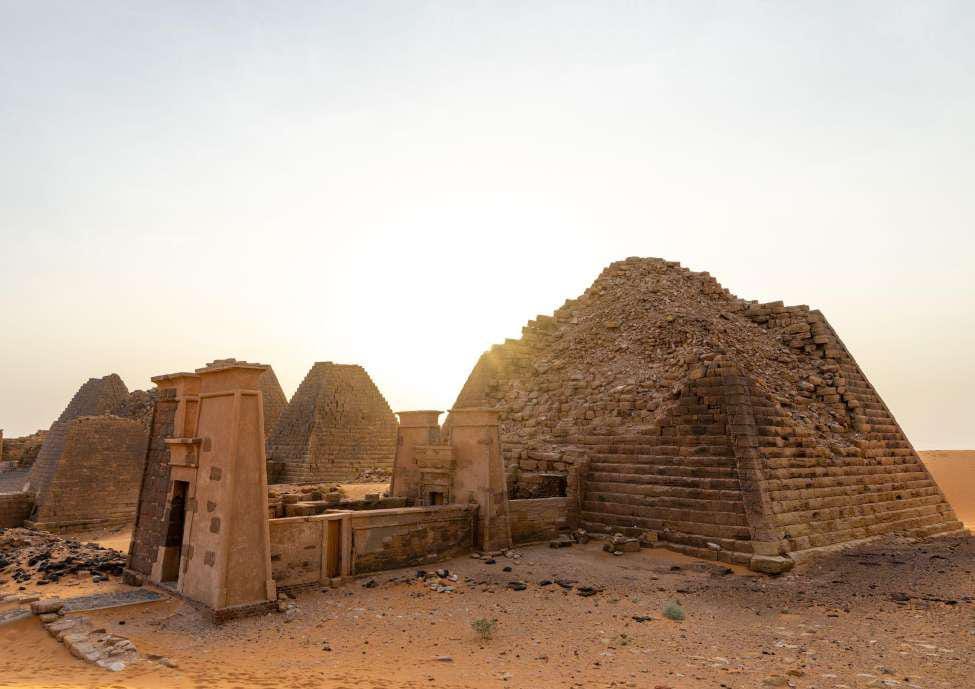
Source: Eric Lafforgue/Art in All of Us/Getty Images
The country has between 200 to 255 pyramids that have been discovered by archaeologists. In contrast, Egypt is home to 138 known pyramids. Sudan’s ancient pyramids of Meroe are a breathtaking sight.
Africa is 45 Times Larger than Texas
Texas is considered a huge state in terms of the US states, but its size pales in comparison to Africa. Of course, Texas is only a state and Africa is a continent, but their size difference is an excellent point of reference.

Source: Pinterest
Texas is the country’s second-largest state, while Africa is the globe’s second-largest continent. To put it plainly, Africa has an area of 30,370,000 sq km, while Texas is under 1 million sq km.
